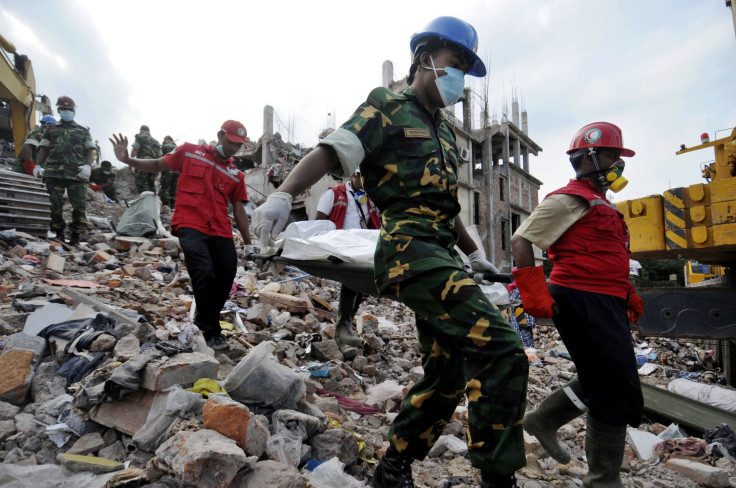New Government Report Calls Rana Plaza Garment Factory Collapse 'Culpable Homicide'

A 400-page report submitted on Wednesday by the Bangladesh Home Ministry calls the April 24 garment factory collapse in Rana Plaza near Dhaka a “culpable homicide,” the Dhaka Tribune reported, and recommended that the building owner and management be “prosecuted under section 304 and section 34” of the Bangladesh penal code.
Section 34 pertains to “acts done by several persons in furtherance of common intention,” and reads “when a criminal act is done by several persons, in furtherance of the common intention of all, each of such persons is liable for that act in the same manner as if it were done by him alone.” Section 304 deals with “punishment for culpable homicide not amounting to murder,” stating that anyone found guilty of the above will face 10 years to life in prison, and a fine of unspecified amount.
A secretary of the Home Ministry told the Tribune that the committee had found five reasons for the collapse: “low-quality construction materials, use of black money in the illegal construction and approval process, building codes not being followed, establishing garments factory on top of a market complex, and the building was loaded with vibrant machineries and the garment workers were forced to enter the hazardous structure,” the Tribune reported.
The building’s owner, Mohammed Sohel Rana, is in police custody, along with the owners of the five factories that operated in the building and two engineers. Approximately 1,127 people died in the disaster, and more than 2,000 people were pulled from the rubble in the weeks afterward.
© Copyright IBTimes 2025. All rights reserved.






















